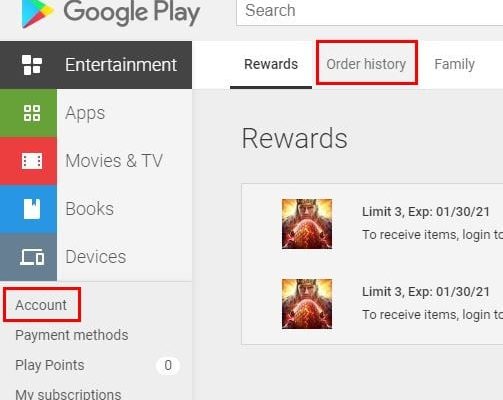5 Tips for Using Game-Based Learning to Create Dynamic Corporate Training

Over the last decade, eLearning has become an important strategy in corporate training. Since eLearning can be boring, learning specialists have discovered new strategies, like game-based learning, to engage employees’ in the learning process. In this piece, we will discuss five tips for using game-based learning to create dynamic corporate training.
1. Always include learning objectives
In game-based learning, gaming principles are used to help learners reach multiple learning objectives. It is important to ensure that the mechanics of the game include these three types of learning objectives:
- Cognitive learning objectives, which are intellectual abilities, are about understanding, remembering, or applying new information. The level of the learning objective will determine the suitability of the game mechanics.
- Psychomotor learning objectives relate to motor skills. Game-based learning examples include flight simulators or virtual reality in medicine, which is used when training surgeons.
- Affective learning objectives result in a change in the learner’s attitude. This is not an overnight occurrence. Learning activities that are emotional or very interactive are contributors to this.
2. Explain the rules of the game
When using game-based learning, you should first teach your learners about the rules governing the game. They should completely understand all of the game rules and guidelines before you allow them to play on their own. Usually, this involves the teacher modeling the correct way to play.
3. Provide feedback
Feedback is an essential component of any learning procedure. Learners must be given feedback on their performance throughout the game, so they can use it to modify their play, and as a result, master the skills that have been taught.
4. Create a compelling story
A story can be an effective tool when used in learning. In game-based learning, stories are used to get learners’ attention, enhance the fun, and improve learning. An effective story has different elements:
- In game-based learning, a learner can play a leading character or act as a coach or mentor.
- A game with a dramatic starting sequence provides an interesting story.
- A conflict happens. There is always a problem or conflict to overcome whenever the game is played.
There is always a good storyline that runs consistently throughout a learning game.
5. Always offer tangible rewards
Rewards are necessary for any learning situation. The most effective rewards are tangible, which can successfully increase the learning outcomes of participants. For example, a company can give tangible rewards, such as a trip to the Caribbean, to the participant with the highest score.
Concluding Thoughts
Game-based learning is not about using leaderboards or badges. Rather it is about using your creativity to take corporate training to the next stage. While game-based learning enhances learning, it is not suitable for all situations. Use your best judgment and choose the option that is best for your employees.






